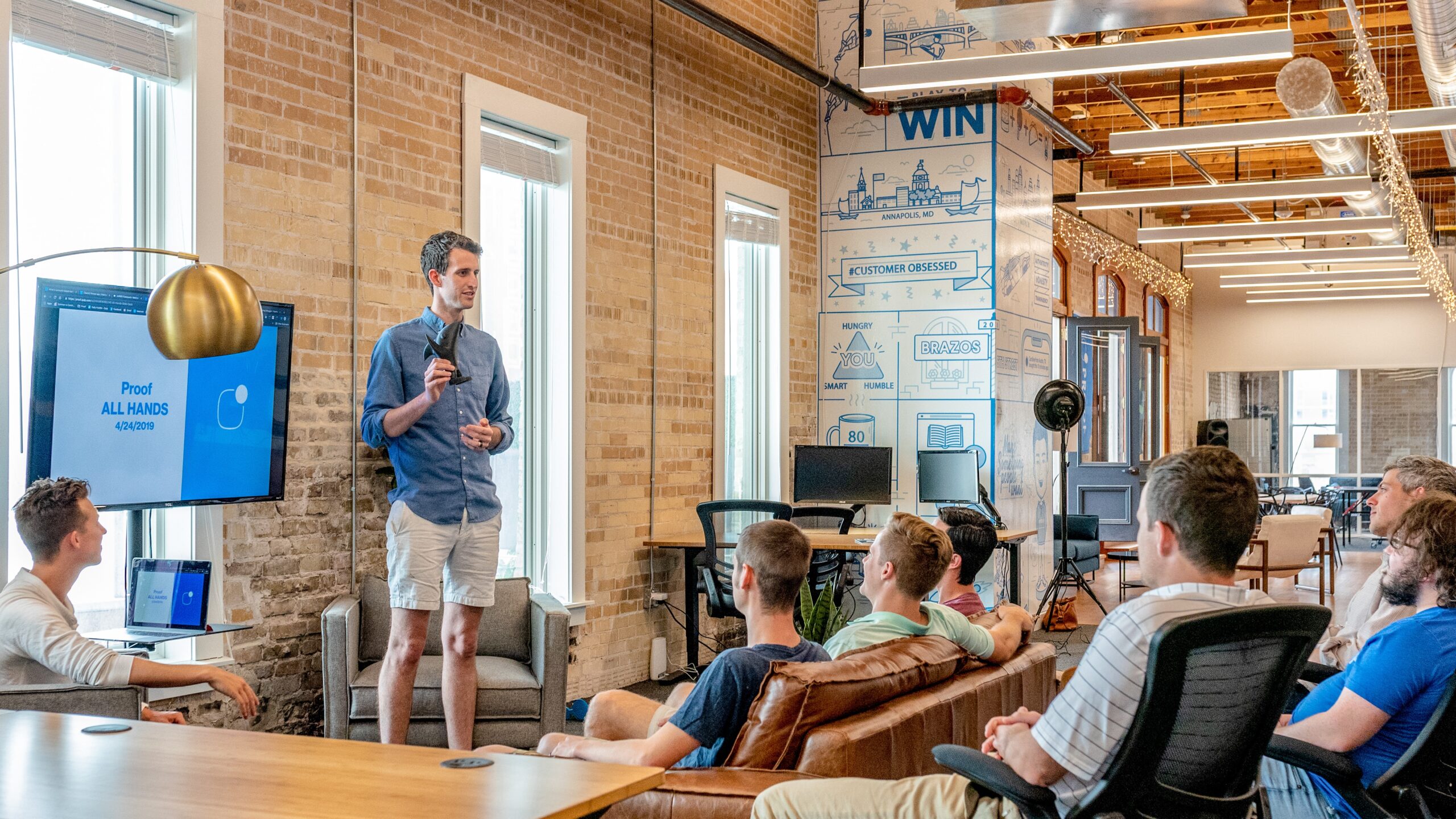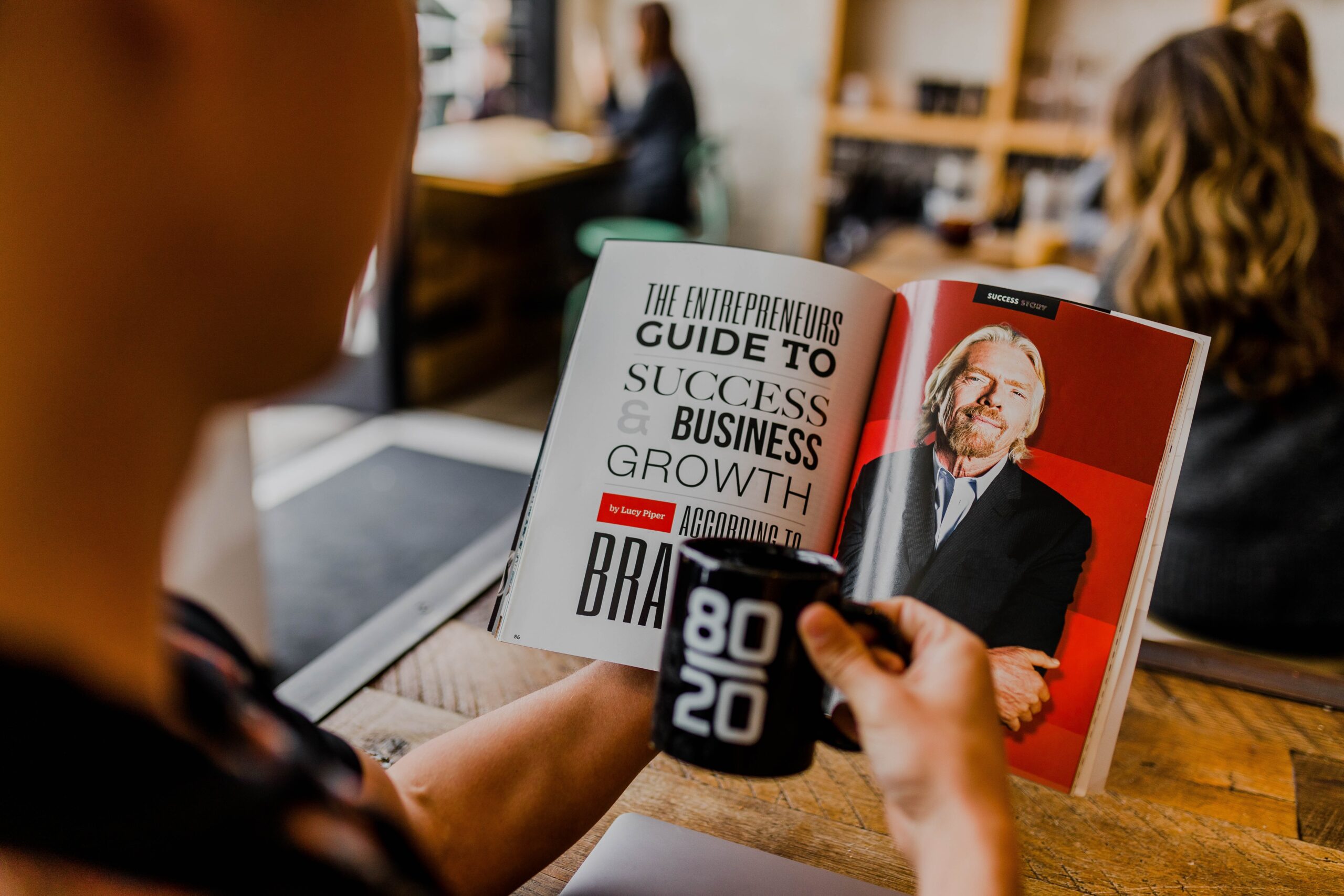Photo by Riccardo Annandale on Unsplash
On-the-job experience and mentorship are integral to the modern professional landscape, offering a comprehensive and adaptive path to growth. On-the-job experience facilitates practical application and continuous learning, while mentorship provides tailored guidance and access to valuable networks. Together, they create a dynamic and robust learning ecosystem that nurtures professional development and encourages personal growth.
The Value of On-the-Job Experience and Mentorship
By Gary Occhiogrosso – International Franchise Association Mentor, Founder of Franchise Growth Solutions
In the rapidly evolving world of work, the importance of on-the-job experience and mentorship cannot be overstated. As industries continue to advance and technology shapes our lives profoundly, the need for relevant and real-time learning has never been more significant. This article will explore the multifaceted value of gaining hands-on experience and mentorship in today’s professional landscape.
On-the-Job Experience: A Crucial Learning Path
On-the-job experience represents an invaluable form of education that complements traditional academic learning. Here’s why it’s so essential:
* Practical Application of Skills
Theory and practice are two sides of the same coin. While educational institutions equip individuals with theoretical knowledge, on-the-job experience provides a platform to apply that knowledge. This alignment of theory with real-world scenarios fosters a more profound understanding and ability to adapt to different situations.
* Adaptation to the Workplace Culture
Experiencing the workplace first-hand is crucial in understanding the dynamics, collaboration, communication, and professional etiquette required. This immersion promotes seamless integration and helps develop essential soft skills like teamwork, empathy, and leadership.
* Continuous Growth and Learning
On-the-job learning is permanently active. It promotes continuous growth by encouraging individuals to face new challenges, solve real problems, and adapt to ever-changing industry trends. This constant evolution ensures that employees remain relevant and contribute effectively to their organizations.
Mentorship, Guiding the Next Generation
Mentorship goes hand in hand with on-the-job experience. It represents a relationship between an experienced professional (mentor) and a less-experienced individual (mentee) aiming to develop the latter’s skills, knowledge, and understanding of the industry.
* Personalized Guidance
A mentor provides personalized support tailored to the mentee’s needs and goals. This tailored assistance ensures a targeted growth path, leading to more significant professional development.
* Networking Opportunities
Mentors often open doors to professional networks, allowing mentees access to resources, insights, and opportunities they might not have encountered otherwise. This can significantly enhance career progression and open new avenues for growth.
* Encouraging Professional and Personal Growth
Beyond professional development, mentors often foster personal growth by instilling confidence, encouraging resilience, and offering valuable life lessons. This all-encompassing support helps shape well-rounded individuals ready to thrive in various facets of life.
The Symbiotic Relationship between On-the-Job Experience and Mentorship
The relationship between on-the-job experience and mentorship is not merely complementary but symbiotic. While hands-on experience provides the opportunity to apply skills and grow professionally, mentorship ensures that this growth is guided, purposeful, and aligned with individual and organizational goals.
* Accelerating Learning Curves
Mentors can help accelerate the learning curve by pointing out pitfalls to avoid, providing insight into best practices, and sharing valuable experiences that can save time and effort. This guidance ensures that on-the-job learning is efficient and effective.
* Fostering a Positive Learning Environment
Mentors can foster a culture of learning and curiosity by providing a supportive and nurturing environment. This environment encourages exploration, creativity, and a willingness to take risks, all essential in maximizing on-the-job learning.
* Enhancing Employee Retention
A strong mentorship program, coupled with opportunities for on-the-job learning, often leads to increased job satisfaction. Employees feel valued, engaged, and invested in their career paths, leading to higher retention rates.
Summary
On-the-job experience and mentorship are integral to the modern professional landscape, offering a comprehensive and adaptive path to growth. On-the-job experience facilitates practical application and continuous learning, while mentorship provides tailored guidance and access to valuable networks. Together, they create a dynamic and robust learning ecosystem that nurtures professional development and encourages personal growth.
Organizations and individuals who recognize and embrace these opportunities position themselves to thrive in a world where adaptability, continuous learning, and personal connection are paramount. The fusion of on-the-job experience with thoughtful mentorship paves the way for success in our ever-changing global economy, enriching both the individual and the broader community.









